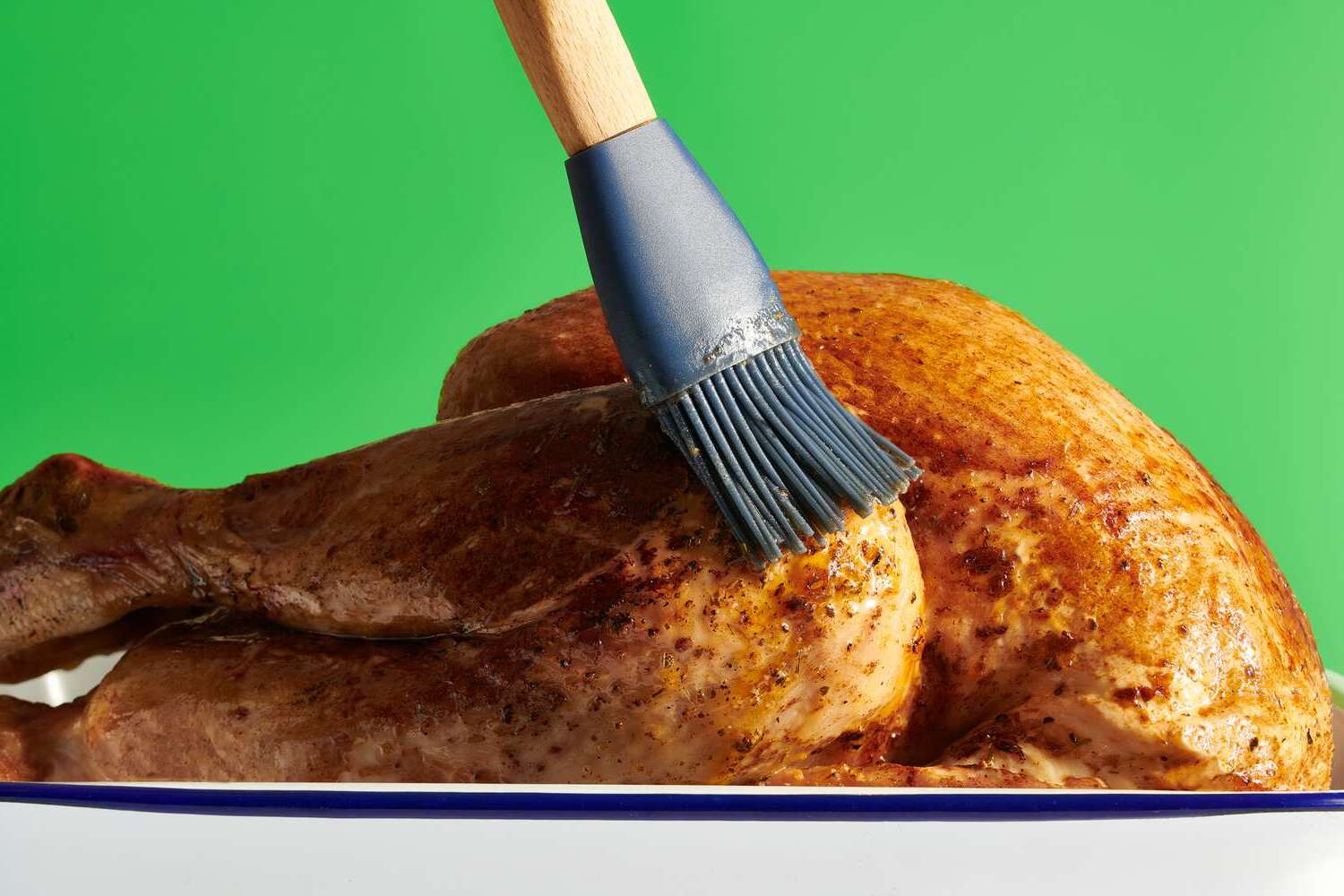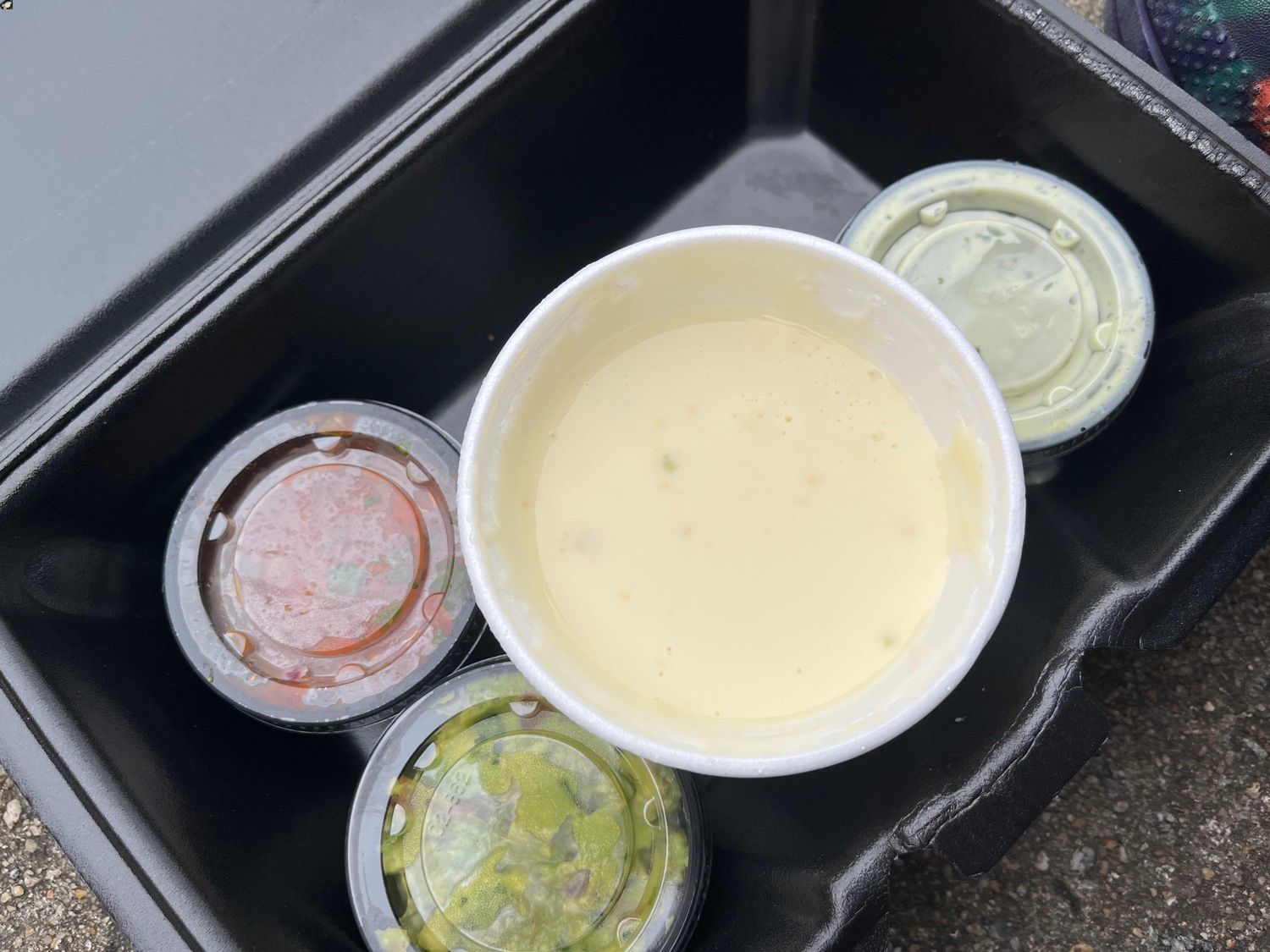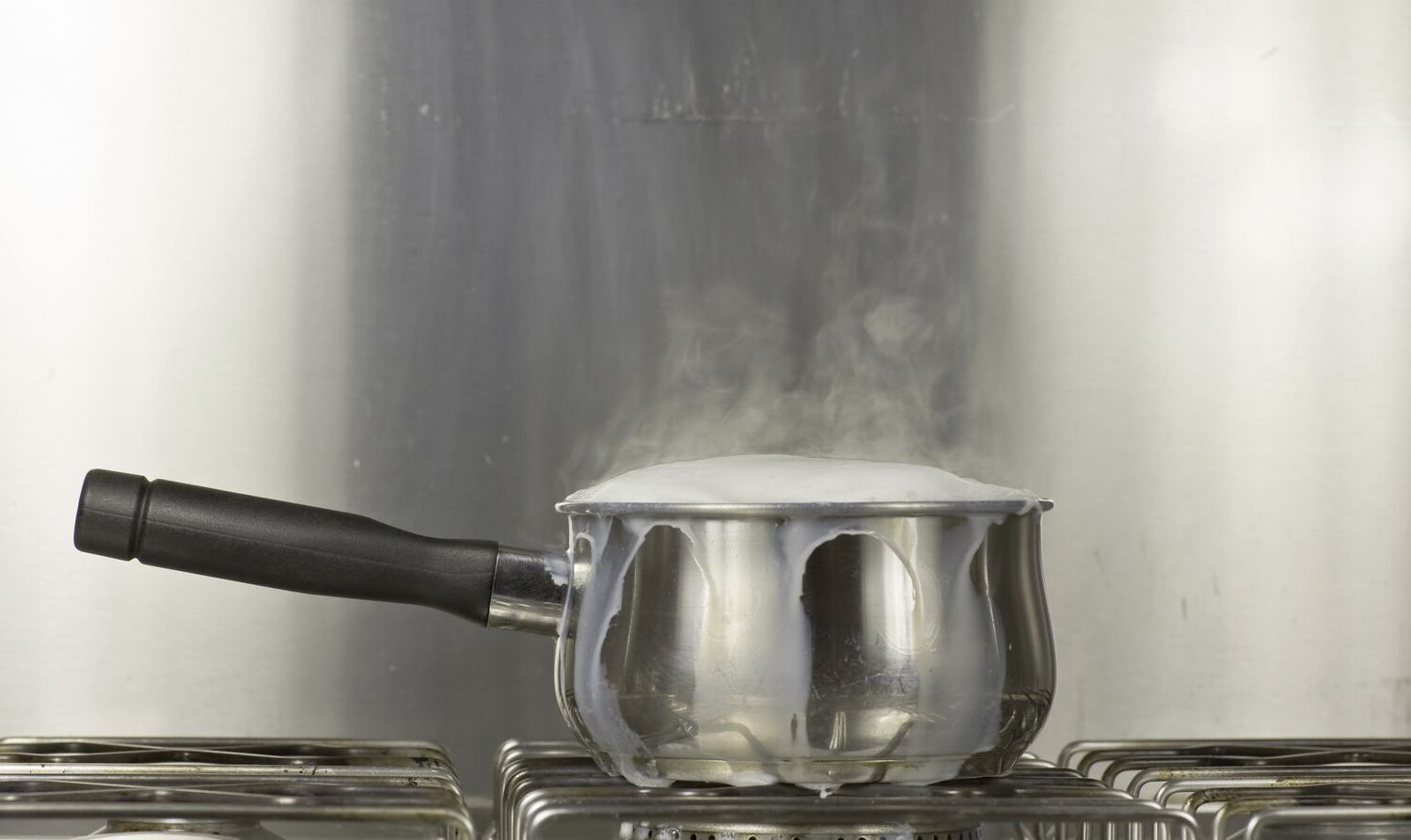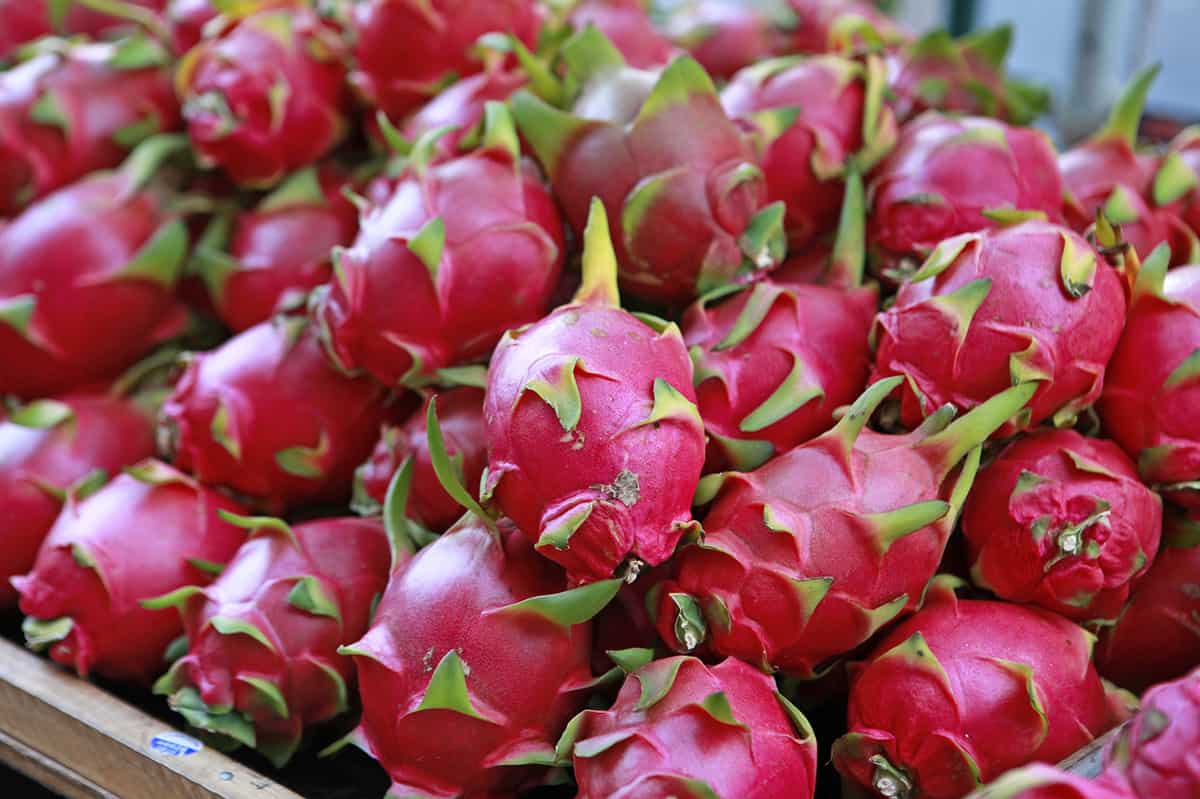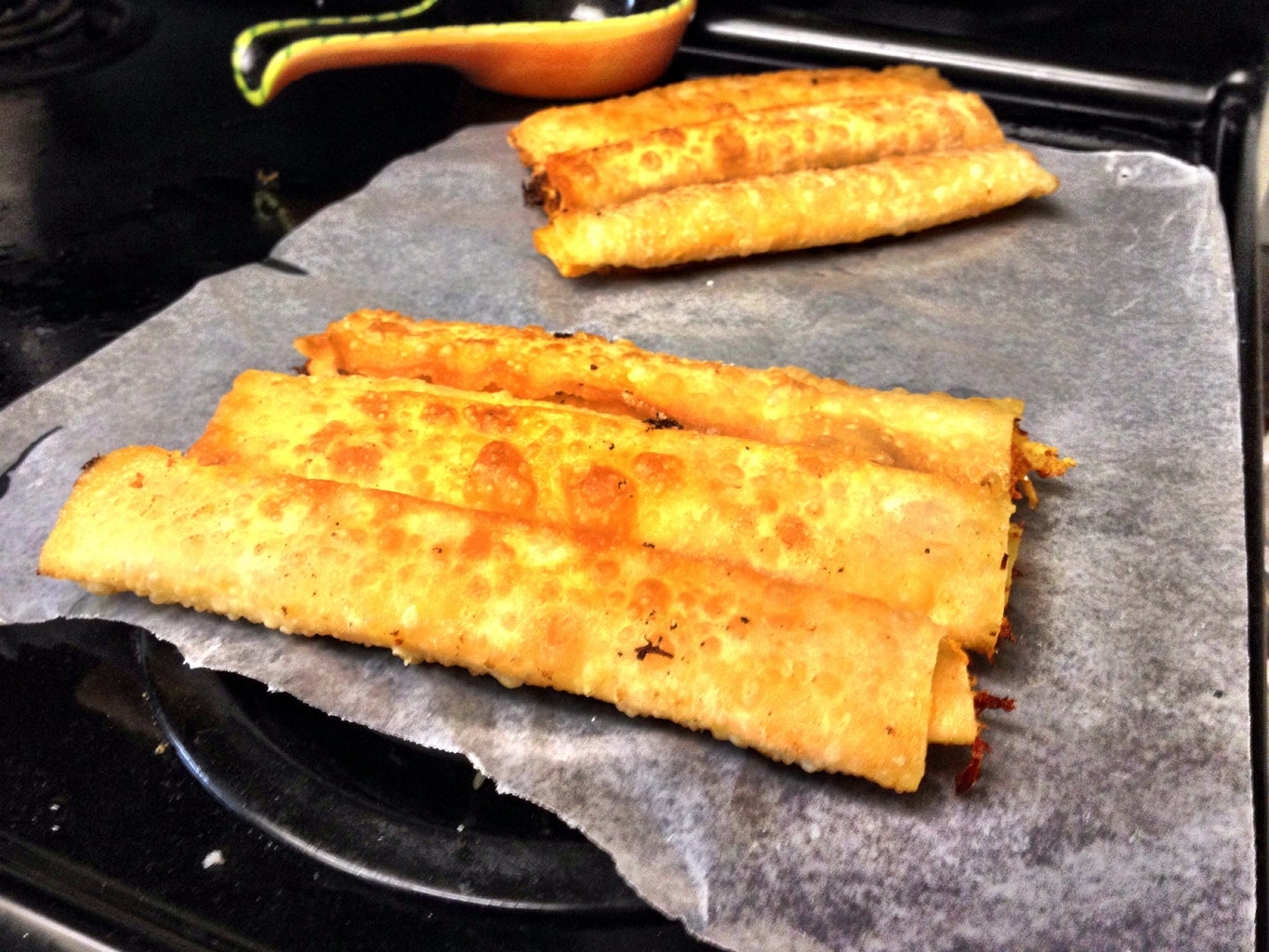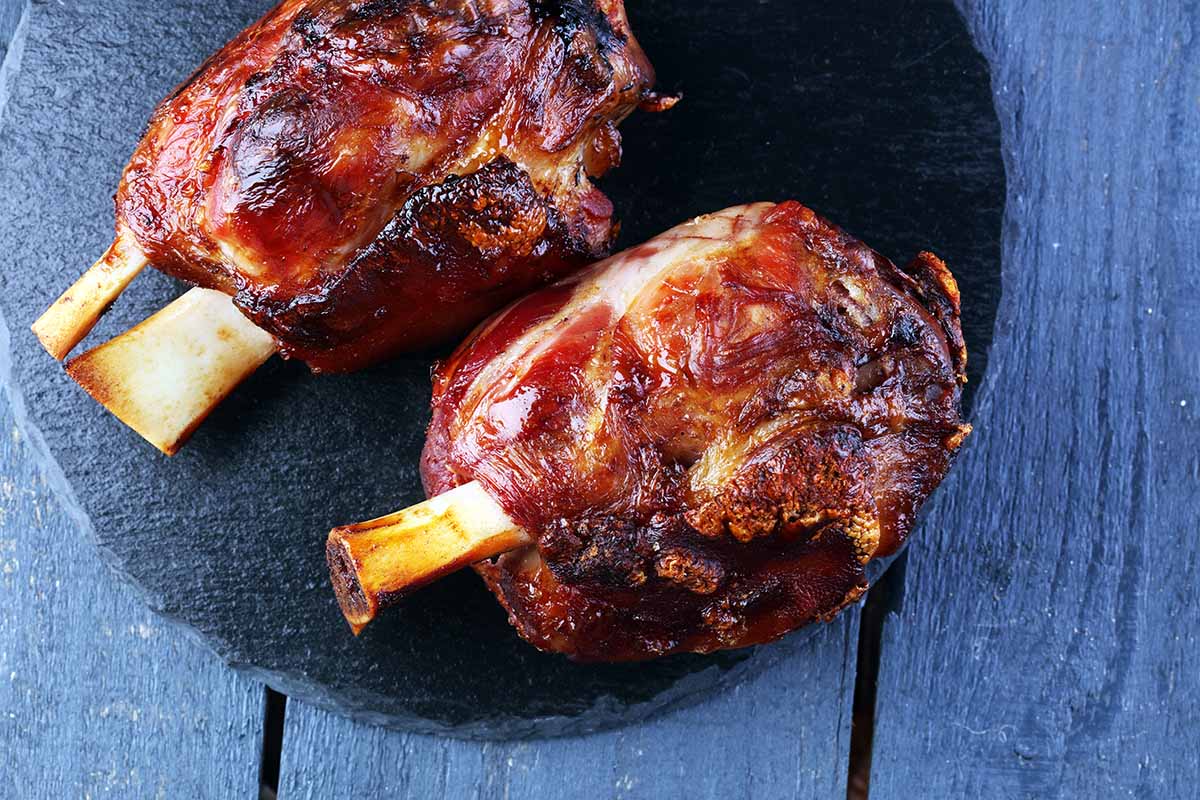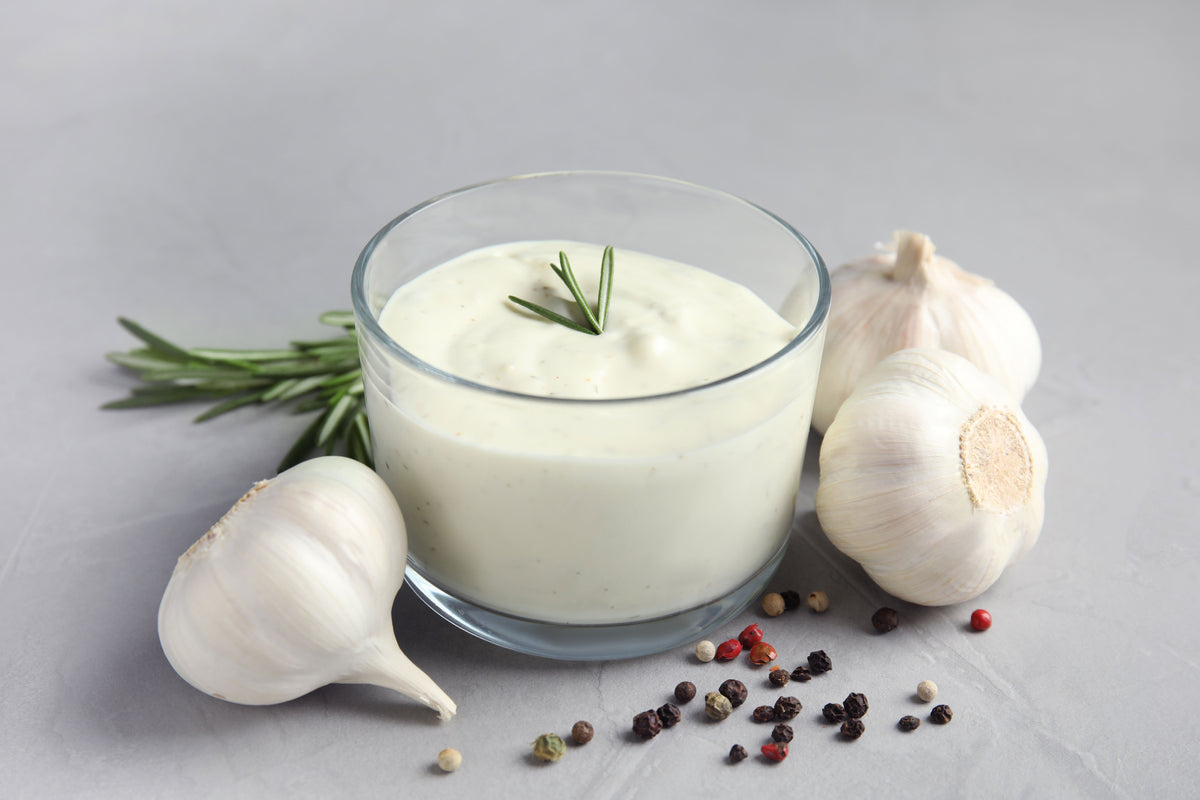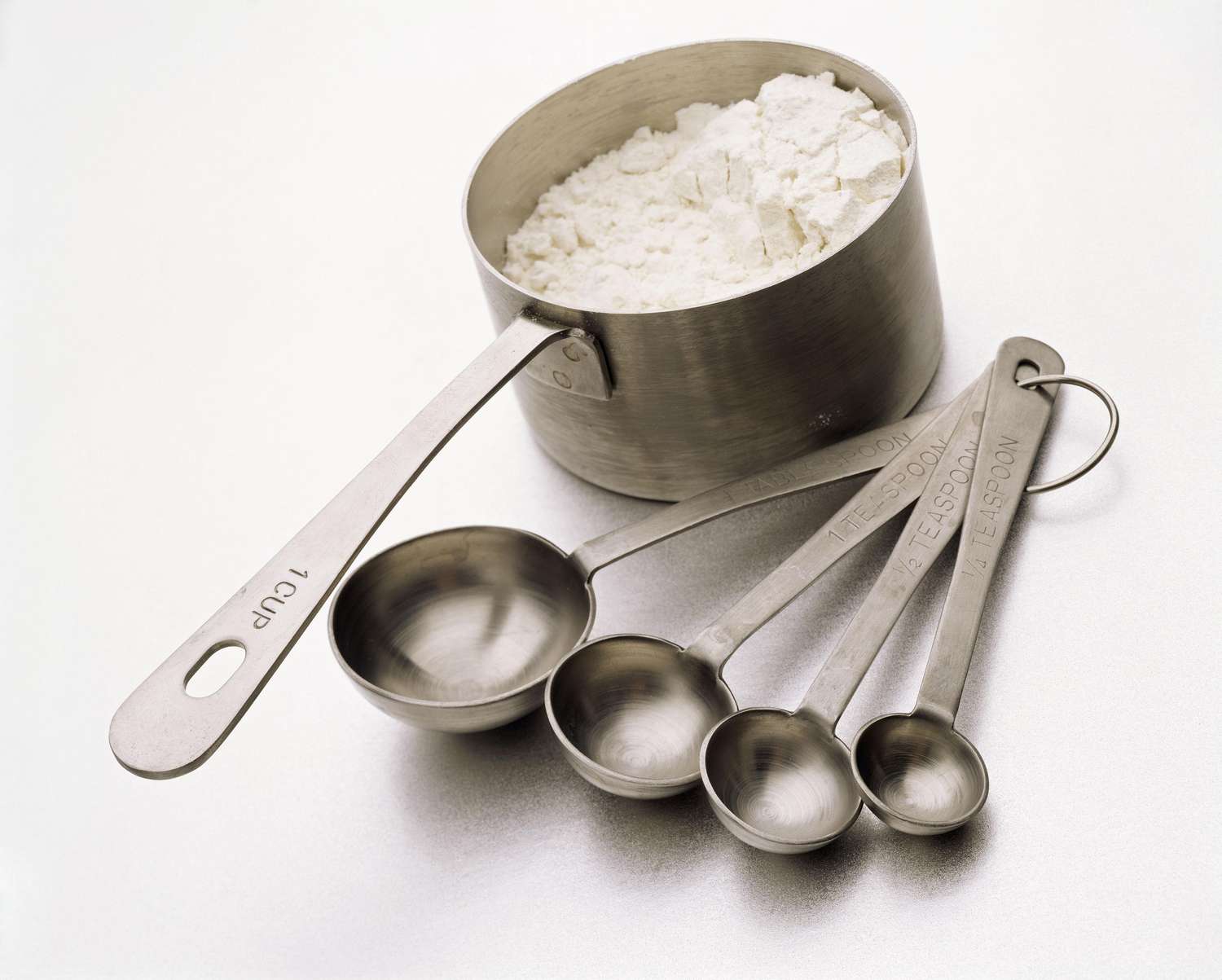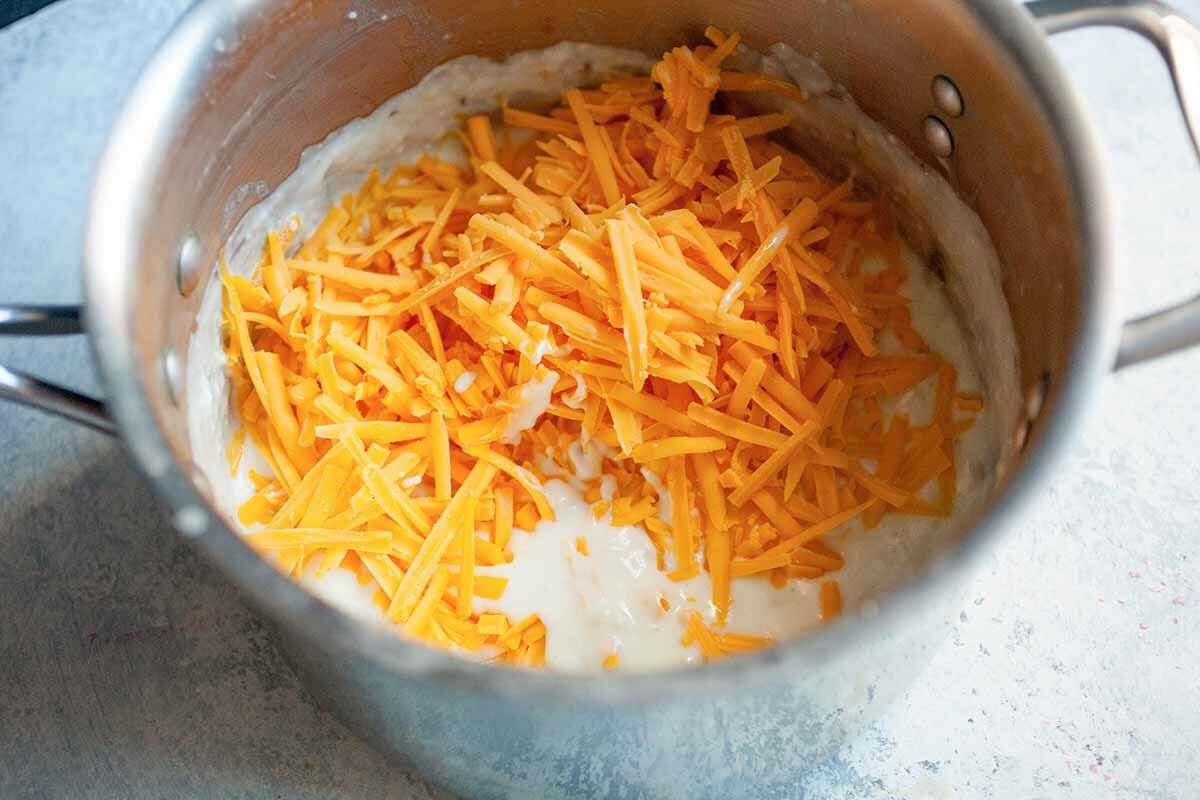Understanding the Delicious and Versatile Ham Rind
When it comes to cooking and enjoying ham, there are many different parts of the pig that can be utilized to add flavor and texture to a variety of dishes. One such part is the ham rind, which is a versatile and delicious component of the ham that can be used in a number of creative ways.
What Is a Ham Rind?
The ham rind, also known as the ham skin or pork skin, is the tough, outer layer of skin that covers the fat on a piece of ham. It is typically removed before cooking or serving the ham, but it can also be left on and used to add flavor and texture to dishes.
Uses of Ham Rind
The ham rind is a versatile ingredient that can be used in a variety of ways in the kitchen. Here are some popular uses for this flavorful part of the ham:
- Flavoring Soups and Stews: The ham rind can be added to soups and stews to infuse the dish with a rich, smoky flavor.
- Seasoning Beans and Legumes: When cooking beans or legumes, adding a piece of ham rind can impart a delicious, savory taste to the dish.
- Making Broth: Boiling a ham rind can create a flavorful broth that can be used as a base for soups, sauces, and gravies.
- Crispy Snack: The ham rind can be fried until crispy and enjoyed as a delicious snack or used as a topping for salads and soups.
Benefits of Using Ham Rind
Using ham rind in cooking offers several benefits, including:
- Flavor Enhancement: The ham rind adds a rich, smoky flavor to dishes, enhancing the overall taste of the food.
- Texture: When cooked, the ham rind becomes tender and adds a satisfying texture to soups, stews, and other dishes.
- Waste Reduction: Using the ham rind in cooking helps reduce food waste by utilizing a part of the ham that might otherwise be discarded.
Conclusion
The ham rind is a versatile and flavorful ingredient that can be used in a variety of creative ways in the kitchen. Whether adding depth of flavor to soups and stews or creating a crispy snack, the ham rind is a valuable addition to any cook’s repertoire. So, next time you’re cooking with ham, consider incorporating the delicious and versatile ham rind into your culinary creations!
Was this page helpful?
Read Next: What Is The Best Honey Mustard
